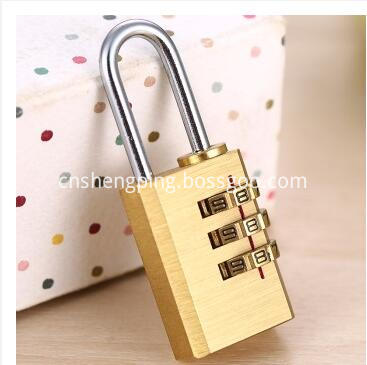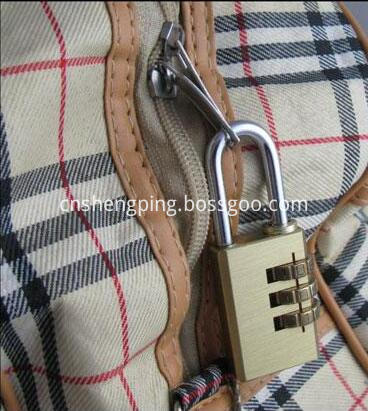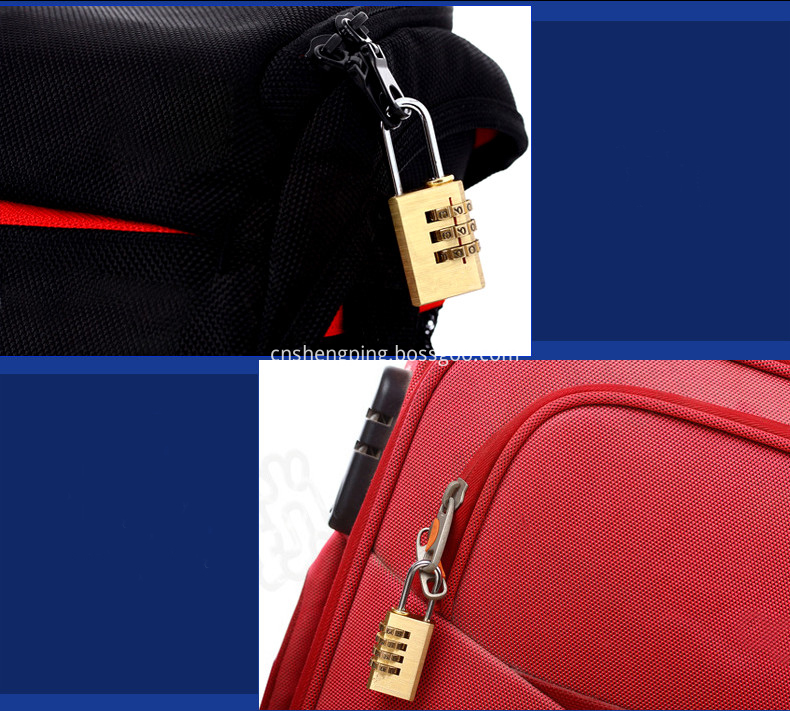Q: In the south, there are both single-season rice and double-season rice. How to fertilize reasonably?
Linyi Fertilizer Network Copyright
Experts: Single-season rice has a longer growth period and higher yield. It usually grows for 90-120 days and yields over 500 kg per mu. Therefore, the amount of fertilization is relatively high, but the proportion of base fertilizer nitrogen is relatively low, accounting for about 50%, and the tiller fertilizer and the boot fertilizer are both heavy. Linyi Fertilizer Network Copyright
Linyi Fertilizer Network Copyright
The specific fertilization scheme is: 8-12 kg of urea or 20-30 kg of ammonium bicarbonate and 8-10 kg of potassium chloride. It is also possible to apply a compound fertilizer, applying 30-40 kg per mu. The base fertilizer is applied during the preparation of the ground before transplanting. The topdressing is divided into two parts. After 10~15 days of transplanting, the fertilizer is applied to the tiller, 8~10 kg of urea is applied to the mu, and 35-40 days after the transplanting, the fertilizer is applied, and 10 to 12 kg of urea or 25-35 kg of ammonium is applied. Linyi Fertilizer Network Copyright
Linyi Fertilizer Network Copyright
Q:? Single Season refers to the year only planted rice crop, then how should we fertilize it double cropping of rice Linyi fertilizer Copyright
Linyi Fertilizer Network Copyright
Expert: Double-season rice is divided into early rice and late rice. There are two points to pay attention to in fertilization: First, the two cockroaches as a whole, the phosphate fertilizer is mainly given to the front sputum, and the potassium fertilizer is mainly given to the sputum. Second, compared with single-season rice, the double-season rice has a shorter growth period, generally no more than 90 days, and the yield is low, and the yield per mu is 400-500 kg. Therefore, the amount of fertilizer applied is less than that of single season rice. Due to the short growth period, the peak of nutrient absorption is relatively concentrated and advanced, so it is necessary to re-apply the base fertilizer and the previous top dressing. The booting fertilizer can be applied less or only some foliar fertilizer. The specific plan is: base fertilizer to apply urea 10 to 15 kg, or ammonium bicarbonate 30 to 40 kg, superphosphate or calcium magnesium phosphate fertilizer 20 to 25 kg, potassium chloride 8 to 12 kg. 10 to 15 days after transplanting, apply fertilizer, 5 to 10 kg of urea or 15 to 25 kg of ammonium bicarbonate. 30 to 35 days after transplanting, apply panicle fertilizer as appropriate, apply 3 to 5 kg of urea per mu, or spray two foliar fertilizers, foliar fertilizer concentration: urea 0.5% to 1%, potassium dihydrogen phosphate 0.2% to 0.3% . Linyi Fertilizer Network Copyright
Linyi Fertilizer Network Copyright
Q: The high temperature and rainy in southern China and coastal areas in July and August are in the period of rice grain formation, and have an impact on rice growth and fertilization .
Linyi Fertilizer Network Copyright
Expert: Continuous high temperature and rain affect rice filling, the grain is not full, and the high temperature is ripe. This not only causes a reduction in production, but also reduces the quality of the rice. It is also possible to wash away the fertilizer applied to the rice fields and cause pests and diseases. Four measures are recommended for this: First, the foliar fertilizer is sprayed several times in succession, one can cool the rice, and the other can replenish the lost nutrients. The second is to strengthen water management. For rice fields that have just been fertilized, it is necessary to prevent running water; for fields that may be flooded with rice, it is necessary to drain water in time; for rice fields that have been changed to dry farming after harvesting, it is necessary to dredge the ditch and prevent water accumulation in the field. The third is to strengthen the prevention and control of pests and diseases. The fourth is to select rice varieties suitable for the growth period. In the double-season rice area, the early rice should be selected as early-maturing or mid-maturing early varieties. The late-season rice should be selected on the basis of the early indica rice, and the middle and late-maturing varieties should be selected so as to control the heading stage of the early and late rice to six. Before and after the end of the month and early September, I avoided the hot and rainy weather in July and August. Linyi Fertilizer Network Copyright
Total 1 | <First <Prev 1 Next> Last> |
share to:
1, Without a key, go zero burden, unlike ordinary padlock as the need to use a lot of keys are with you.
2, the operation is simple, the lock time is relatively short, high safety factor.
3, stylish appearance, strong and reliable, the lock surface can be customized guests like any color and pattern, moderate prices, not only practical but also for promotional gifts.



The advantage of Brass Padlock
1: Convenient million units passwords, blossoms set, replace the key with a password, and more convenient
2: Security no keyhole, tamper security, compared to conventional key lock, safer
3: Privacy only you know, compared to conventional key lock, more privacy
4: Stable brass solid lock body, brass build, the more common alloy locks, more robust
Brass Combination Locks Luggage Lock Bag Lock
Brass Combination Locks,Combination Door Locks,Brass Combination Padlocks,Gold Combination Locks
Shengping Safety Protection Locks Manufacturer , http://www.chinajiuzhou.com


